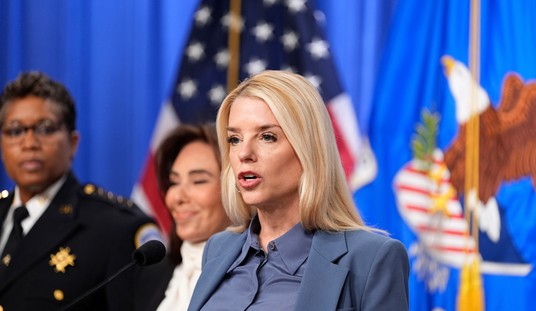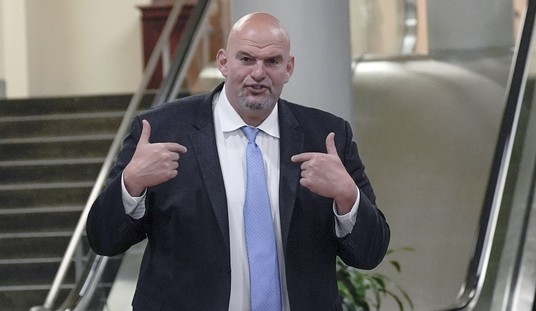Advances in healthcare science and technology offer great hope to the afflicted, but those dreams will not be realized unless there are enough qualified healthcare workers to deliver such services. The fact is staffing shortages affecting hospitals are now critical. For the first time in 18 years personnel issues, rather than financial challenges, were listed as the top concern by hospital CEOs in the 2021 annual report of the American College of Healthcare Executives (ACHE). The COVID pandemic, meanwhile, has highlighted the extent and complexity of the problem and should serve as a wakeup call that that there is a dire need of better solutions.
While there is a broad need to fill healthcare positions, shortages in some fields stand out more than others. Eighty-five percent of CEOs surveyed reported that the shortage of medical and lab technicians was a concern. Next were physical and respiratory therapists at sixty-seven percent and the need for various physicians came in around forty percent. But by far, the highest shortage reported was registered nurses, with 94 percent of CEOs ranking it as the No. 1 personnel concern.
The growing problem of nurse shortages was evident as early as 2010. Passage of the Affordable Care Act that year had nursing organizations, the Institute of Medicine, the Kaiser Foundation, and federal agencies sounding the alarm. More nurses would be needed to meet the rising demand for care created by this sweeping new government mandate. New technology required more training for nurses at all levels.
More problematically, the aging and retirement of nurses and nurse educators has made such shortages worse. The impact of COVID has only added to the problem. A survey of more than 6,500 critical care nurses released in September 2021 by the American Association of Critical Care Nurses found that 92 percent of respondents reported that that pandemic had “depleted nurses at their hospitals, and, as a result, their careers will be shorter than they intended.”
Recommended
Hospitals, which employ 60 percent of registered nurses, bear the brunt of this staffing shortage and must balance both the financial and ethical dimensions of this crisis. These facilities have been forced to hire traveling nurses, who can command salaries that are four times higher than staff nurses. This short-term arrangement can also adversely impact patient care as “the potential for error, for communication issues will most likely go up,” according to one experienced nurse. Moreover, the long-term financial issues created by filling workforce gaps with traveling nurses may ultimately force hospitals to close or go bankrupt, reducing patient access to care.
Fixing the nursing school education pipeline is an important step in solving the staffing problem. According to a report from the American Association of Colleges of Nursing (AACN), U.S nursing schools turned away 80,407 qualified applicants in 2019. The report cited several reasons for limiting enrollment; including a lack of faculty to cover both the classroom and clinical requirements of programs as well as budget constraints that prevented hiring new teaching staff and expanding the classroom space to accommodate more students.
Unfortunately, as this report and others have shown, nursing schools have made little progress in overcoming these problems. Noted experts, like Dan Weberg, Ph.D, RN wonder if there are better ways to address nursing shortages in a healthcare system that “is being dramatically disrupted by new entrants like Amazon Care, Apple, and Google who have an eye for change, a competency in technology, and a mission to deliver cost-effective value to consumers.” He believes that “this perfect storm offers an amazing opportunity for nursing to leap into the future.”
The new future that Mr. Weberg describes starts with recognizing that disruption, including COVID, can reduce risk-taking and cause problem solvers to “revert to the old ways.” Indeed, nurses and nurse educators should adapt and change to a future of healthcare that will be driven by technology-enhanced care. Education should be revolutionized, for example, to move beyond the poster boards and lectures that still dominate classrooms in favor of virtual reality, team-based learning. Taking measures to embrace the changing workforce and provide new nurses with the flexibility, autonomy, and support they desire will also be key. Only then will we be able to build the nursing workforce of the future.
The American healthcare system is currently at a major inflection point. The status quo is unsustainable. Healthcare leaders in all sectors of the delivery system must partner to identify and execute a vision that will strengthen rather than deplete the workforce. Focus on patient-centered approaches that infuse more trust into the provider-patient relationship is essential to the changing healthcare landscape. That is a first step and more can be done to harness the hope of new ideas, research, and technology that hospitals and frontline workers can embrace and that will improve health outcomes. It’s time we get to work.
Brenda Destro, Ph.D. served as the Acting Assistant Secretary for Planning and Evaluation at the U.S. Department of Health and Human Services (HHS) from 2018-2021 and was previously a Senior Public Health Advisor to the Senate Committee on Health, Education, Labor, and Pensions (HELP)
























Join the conversation as a VIP Member